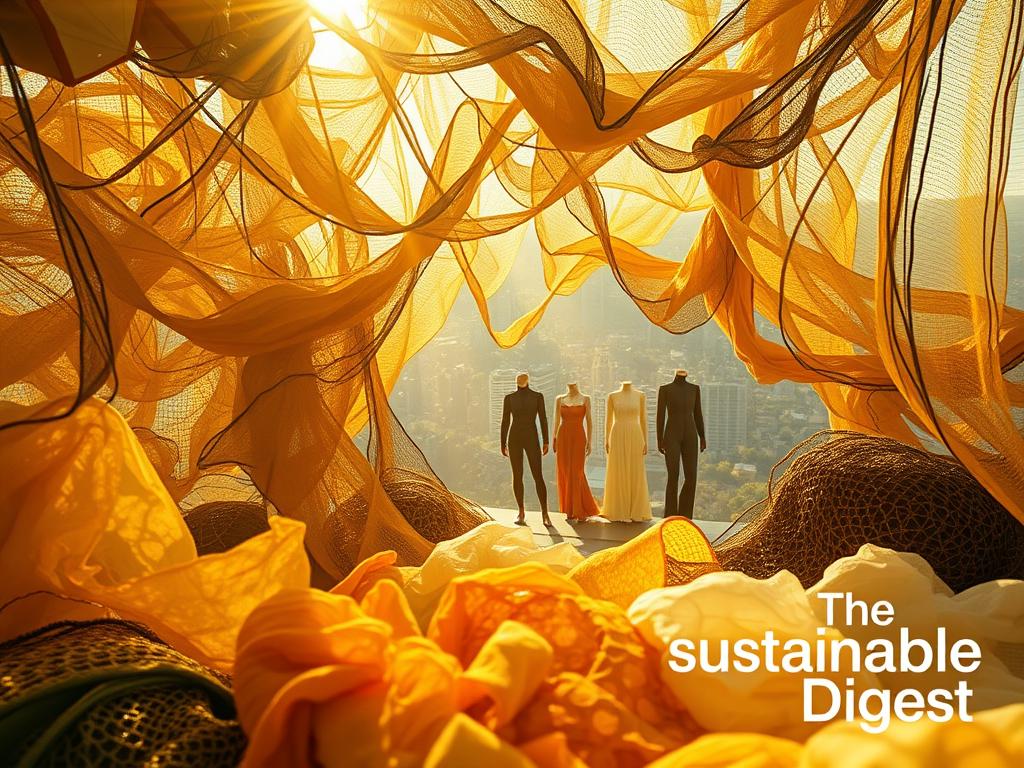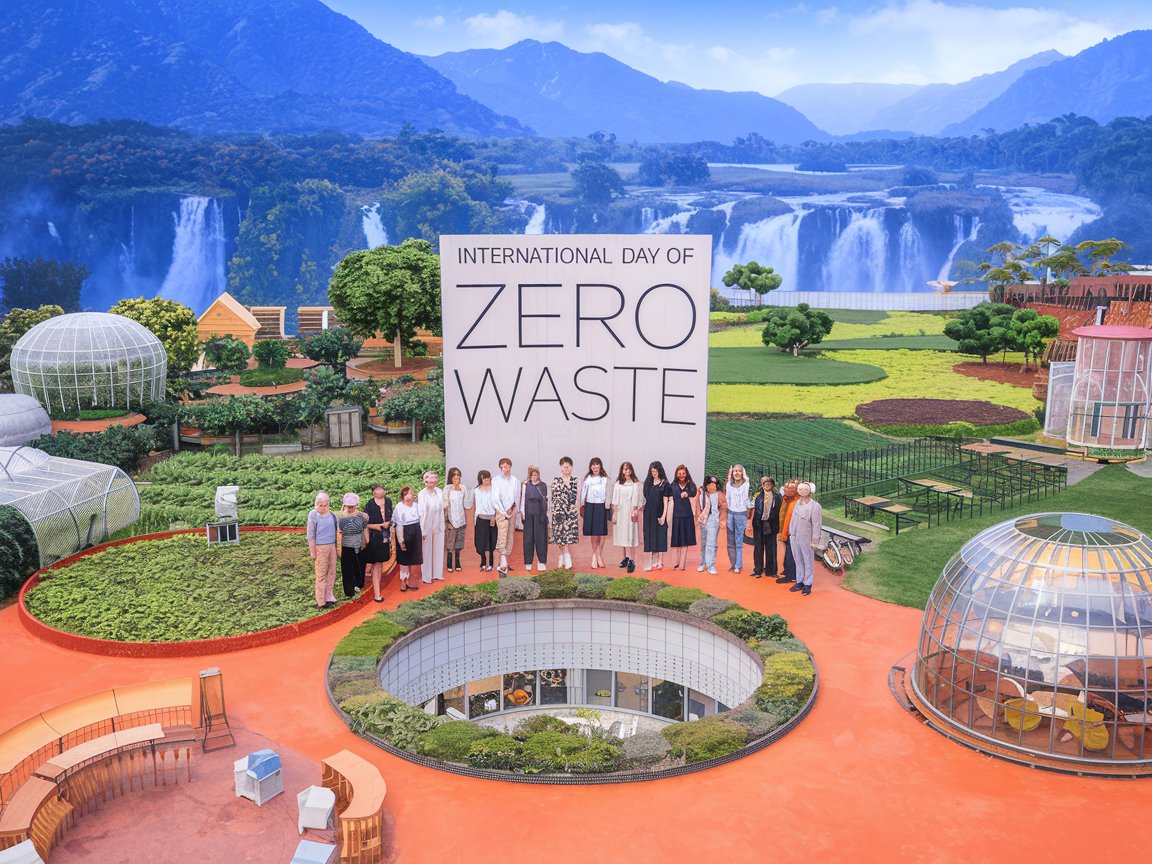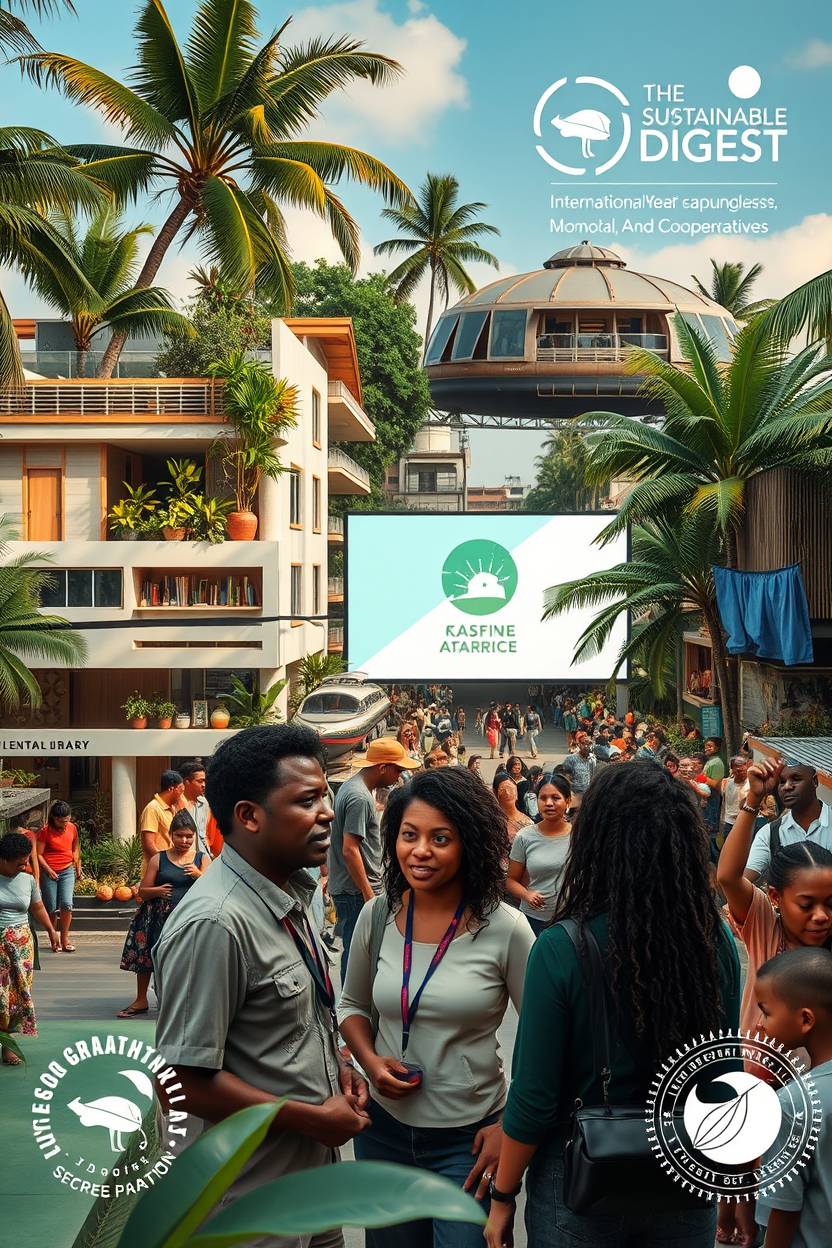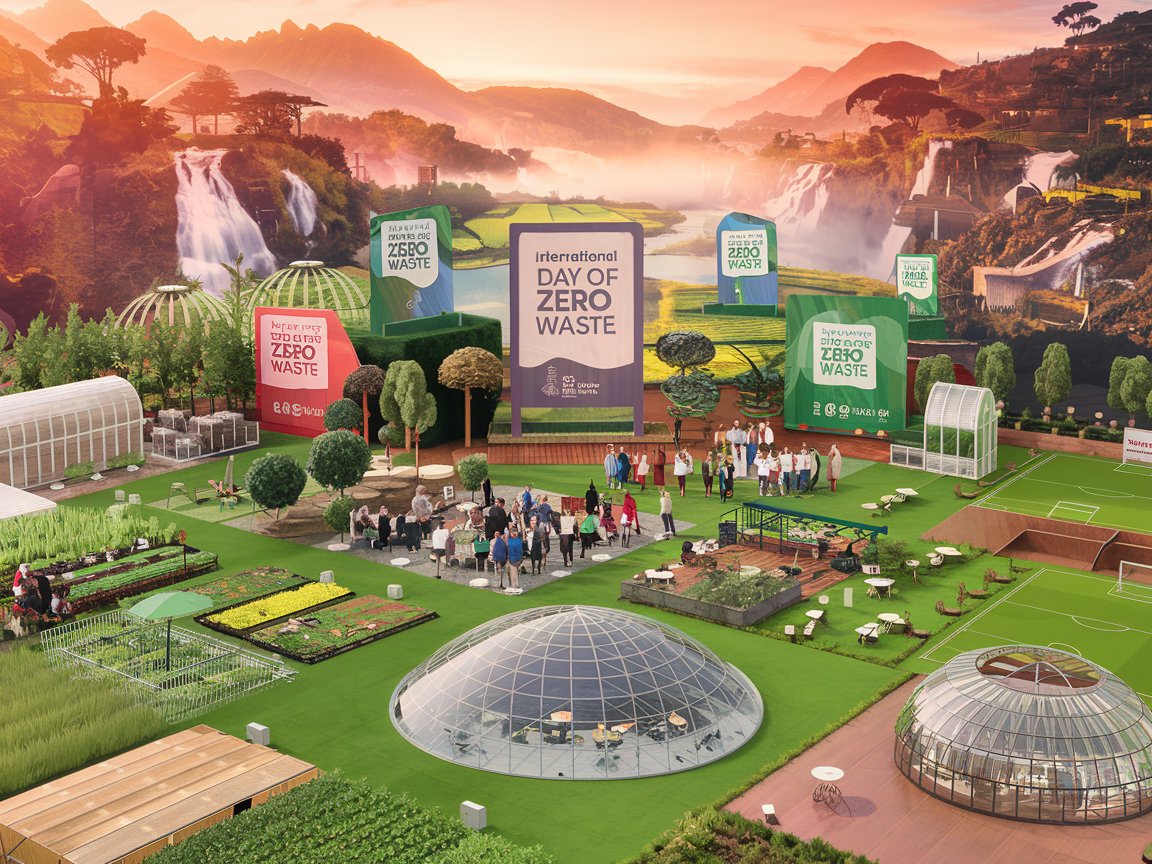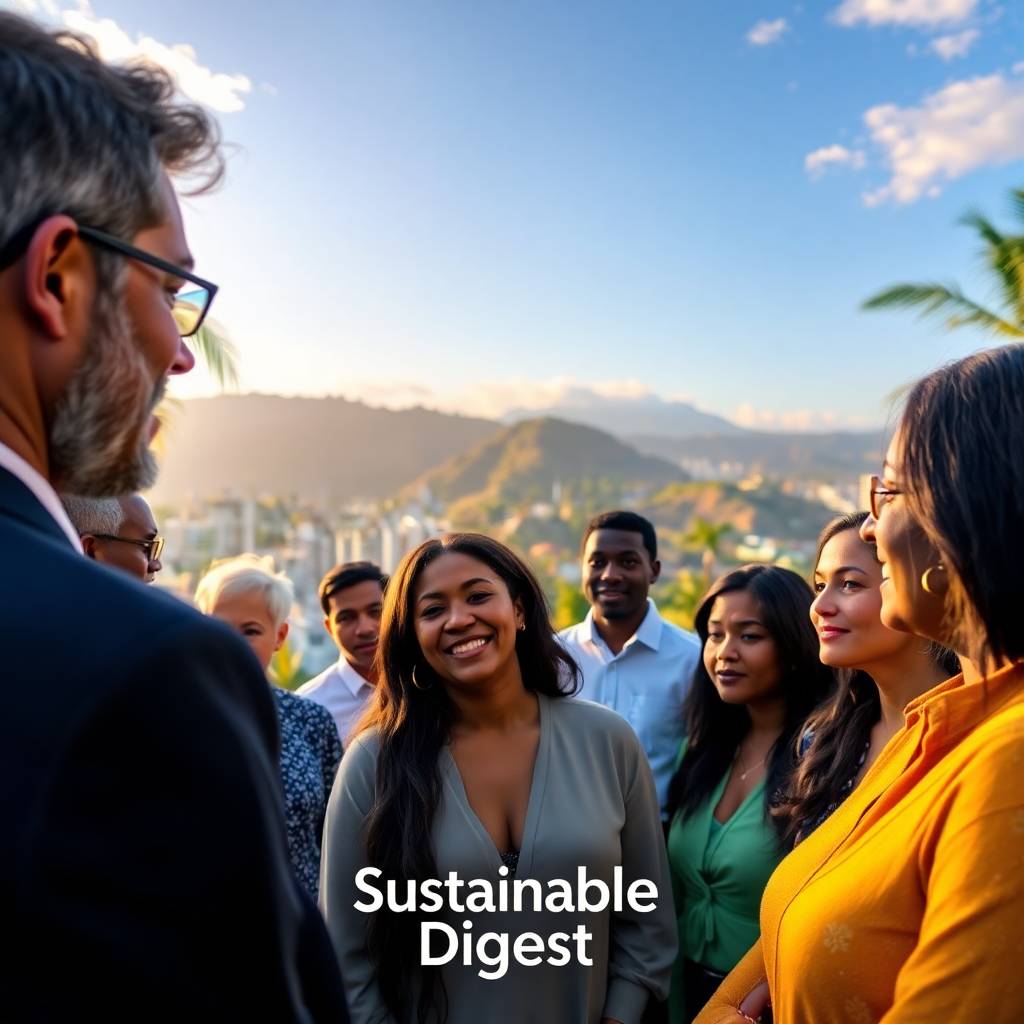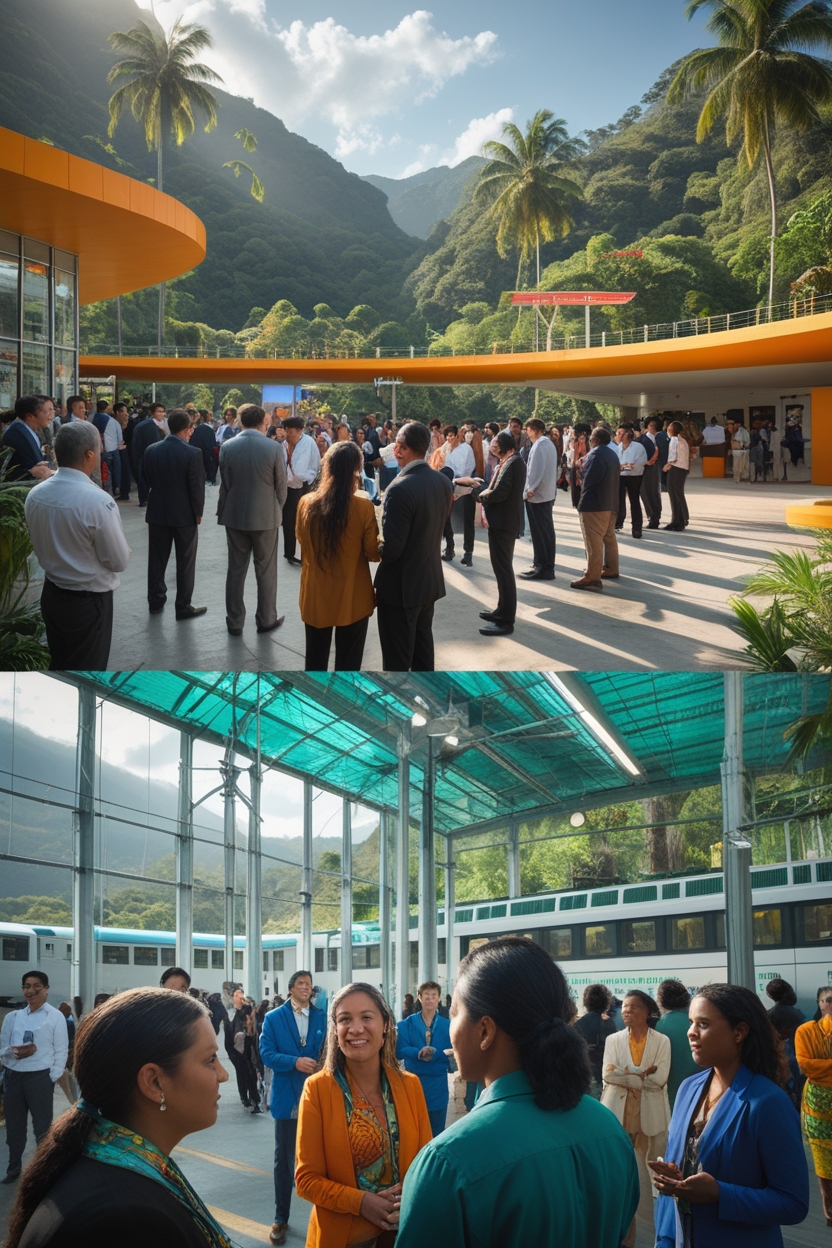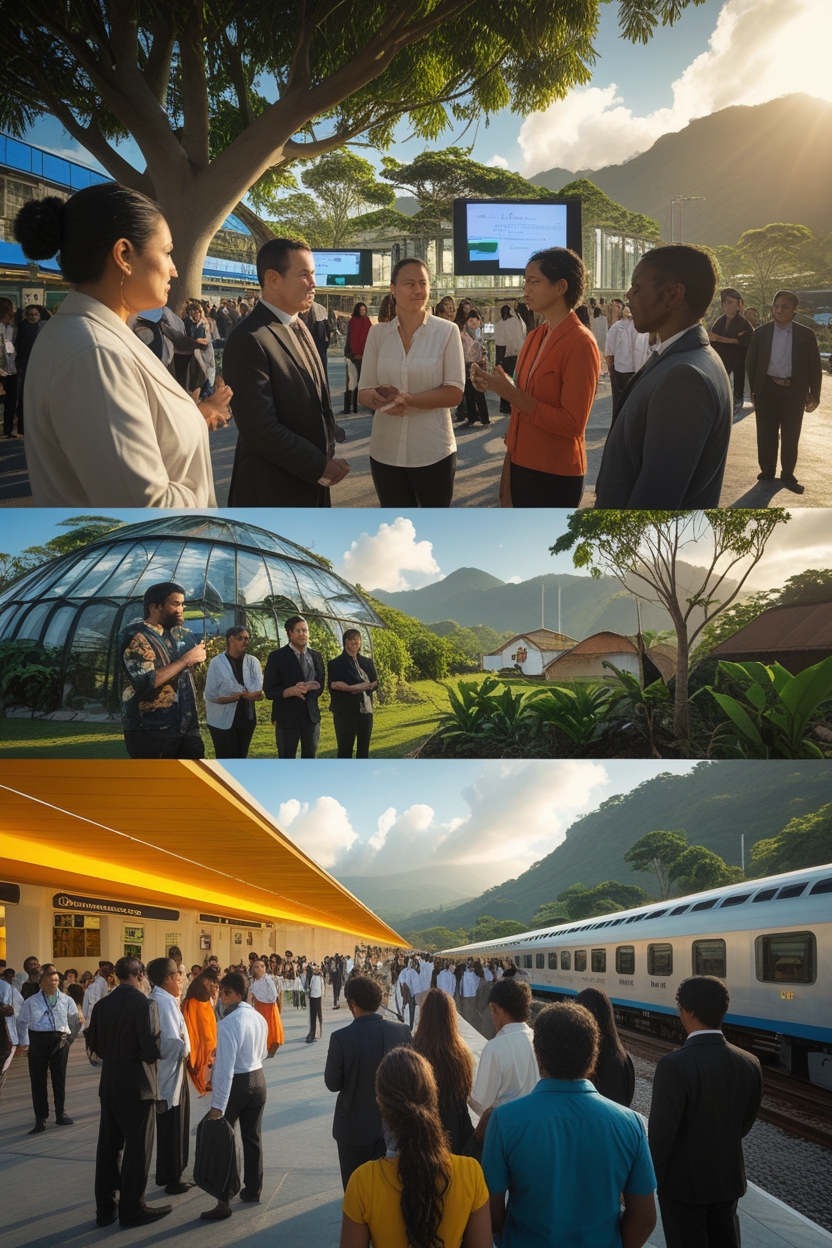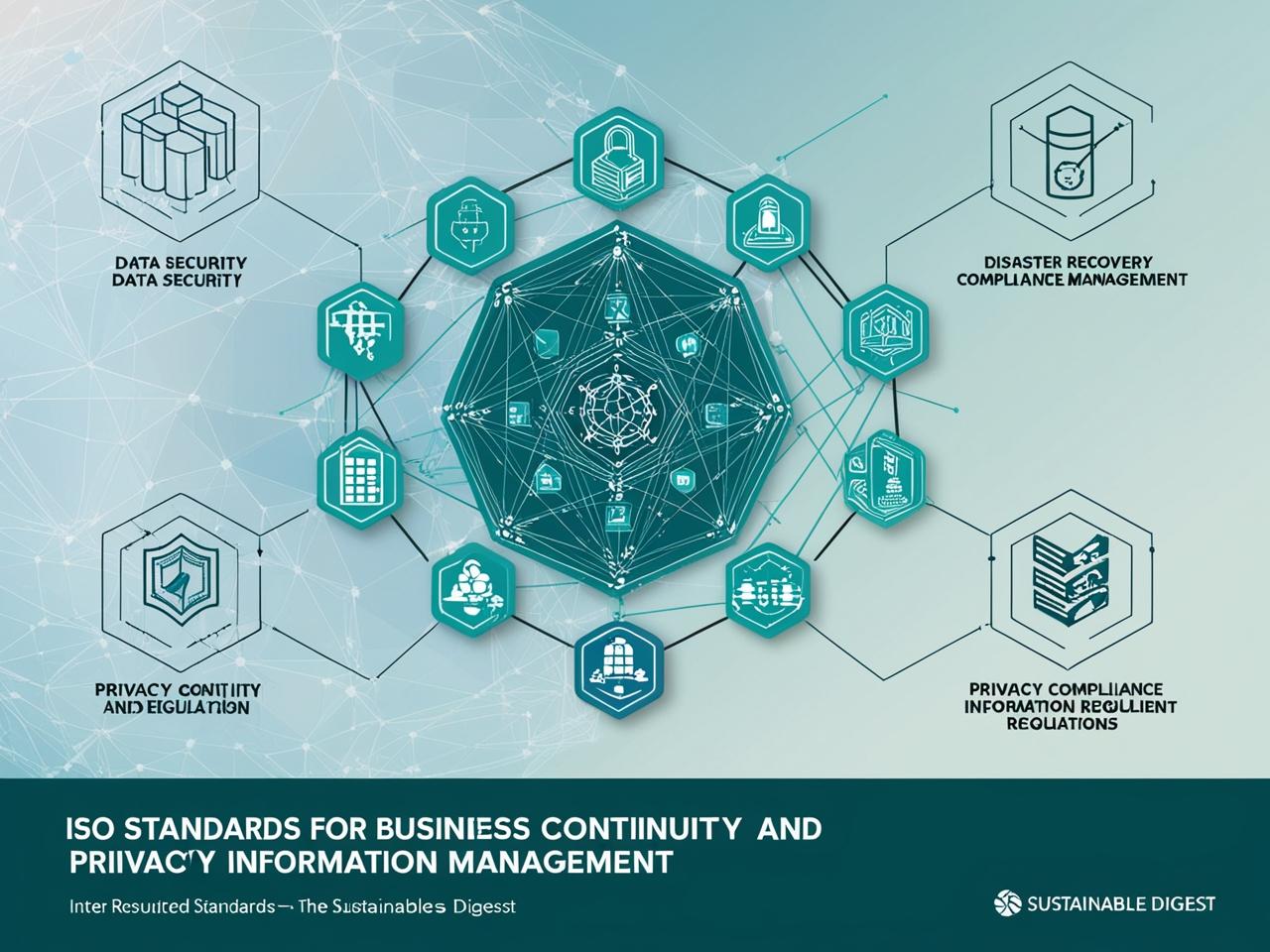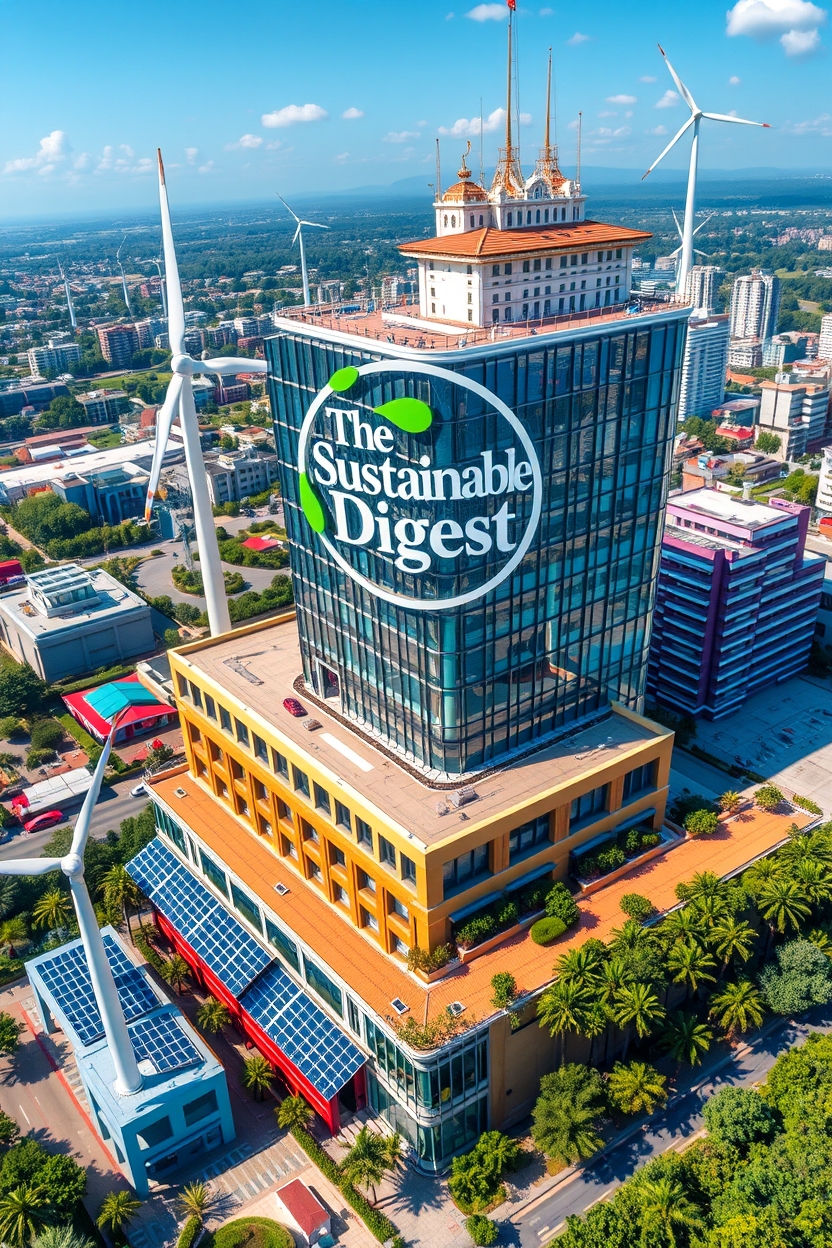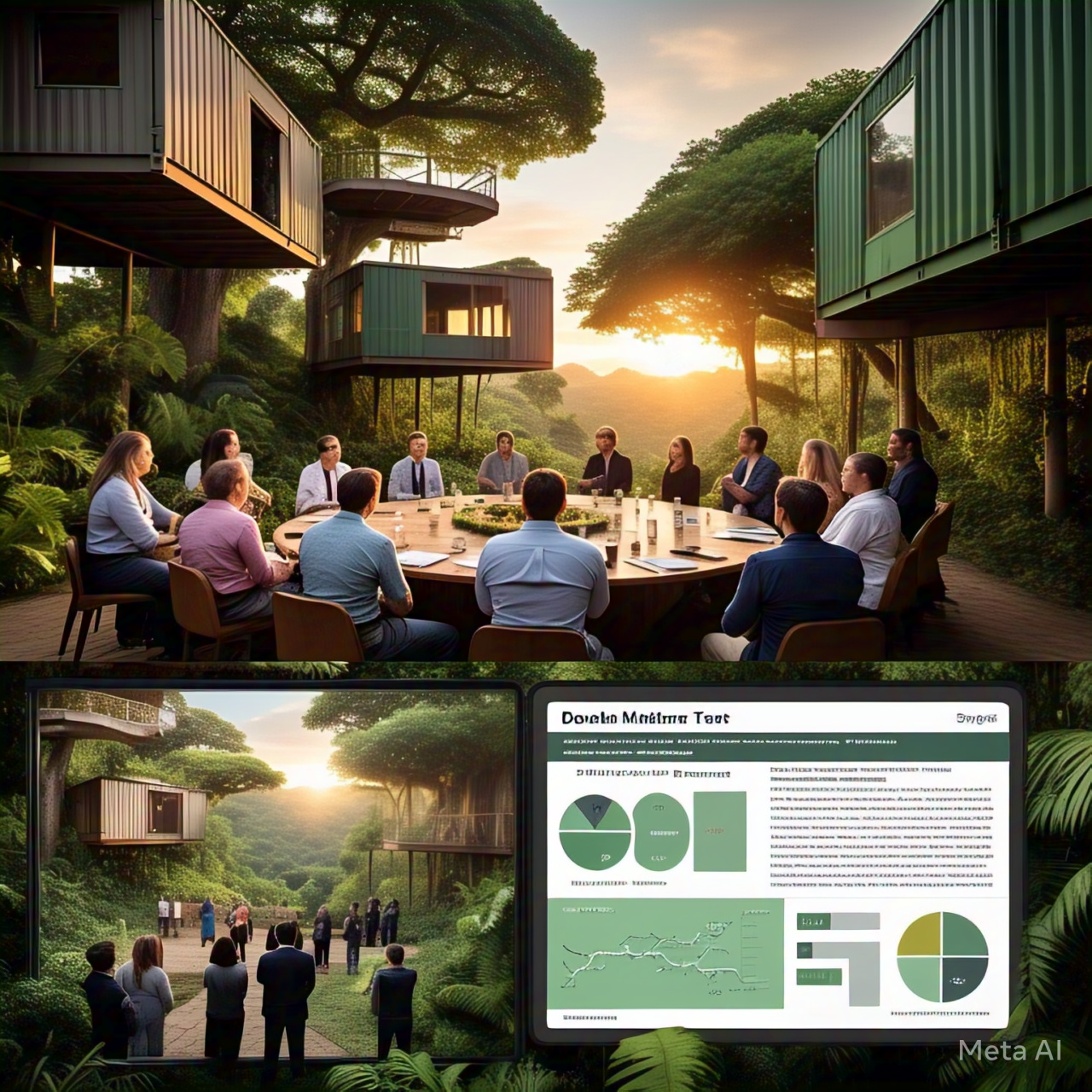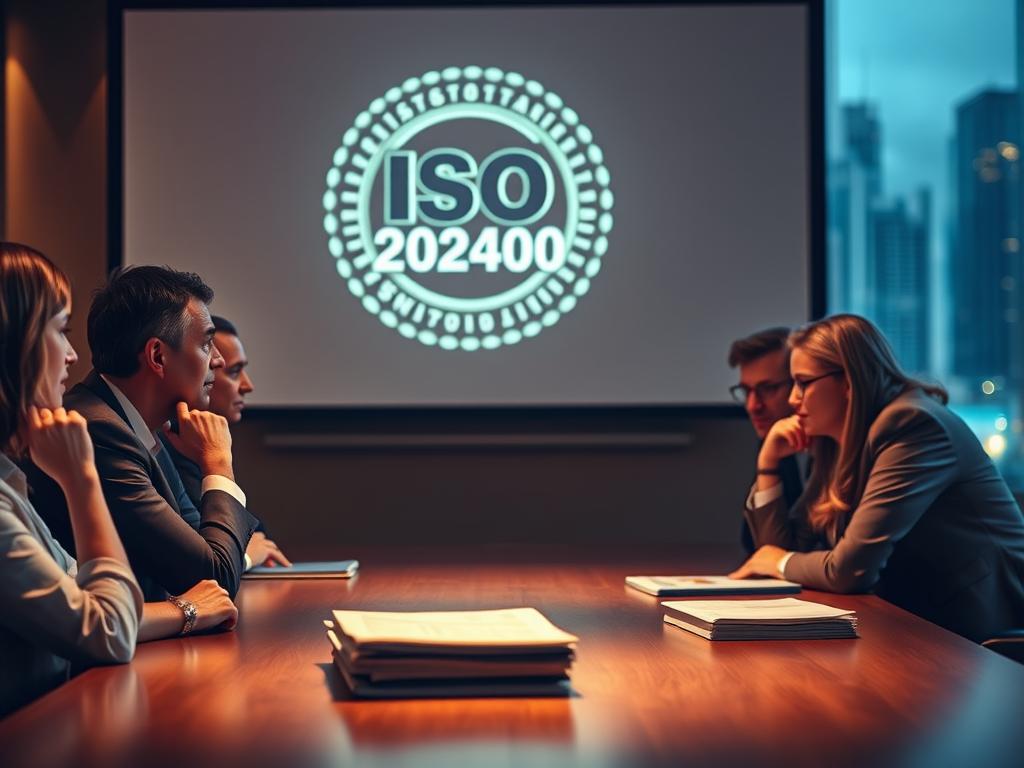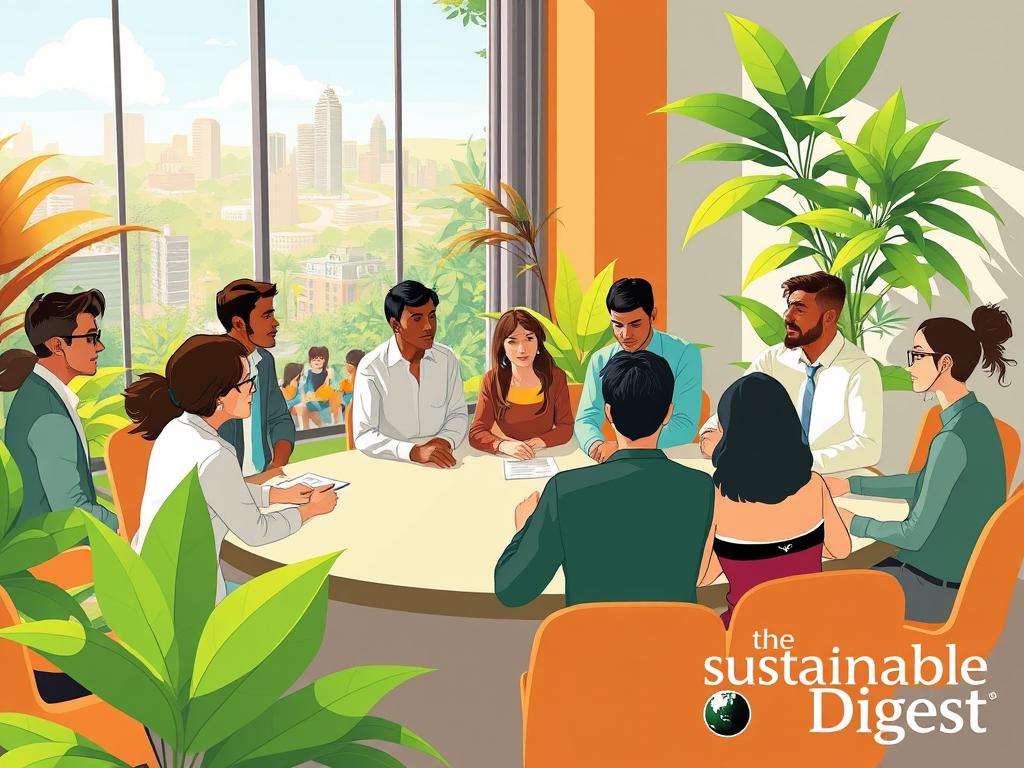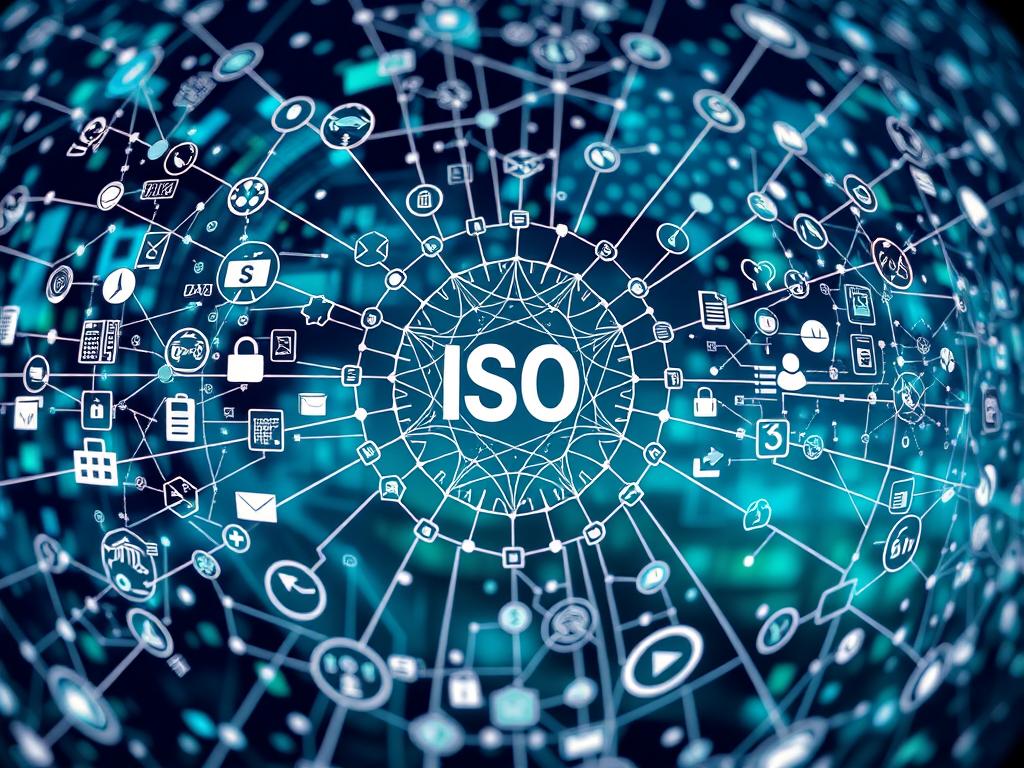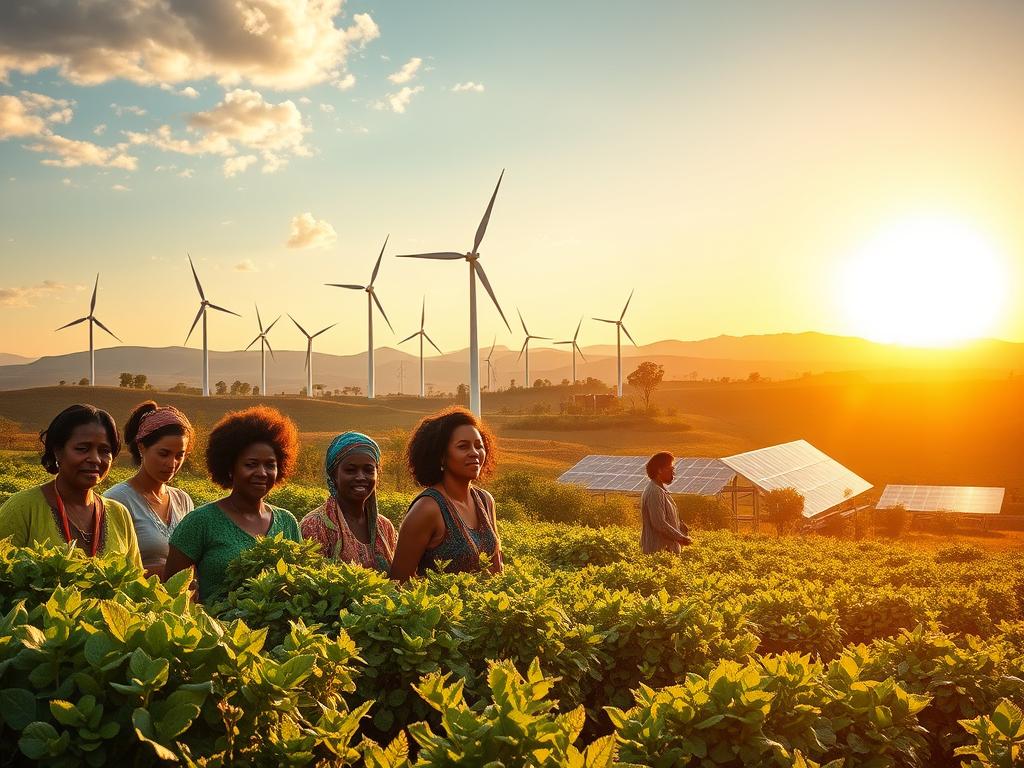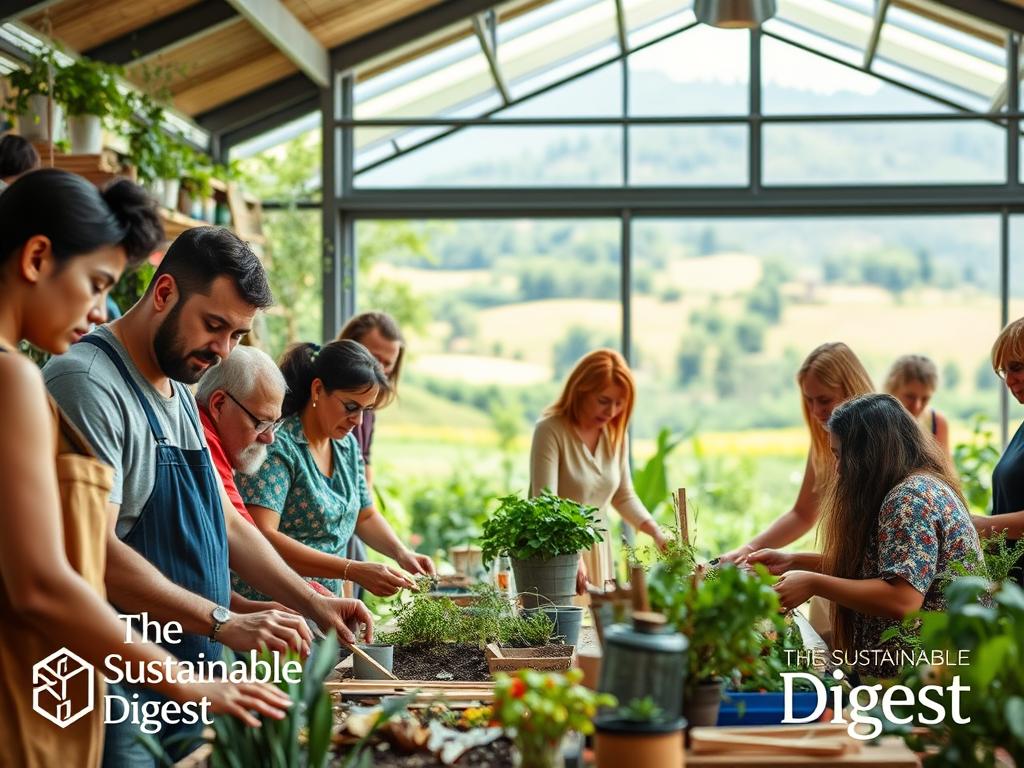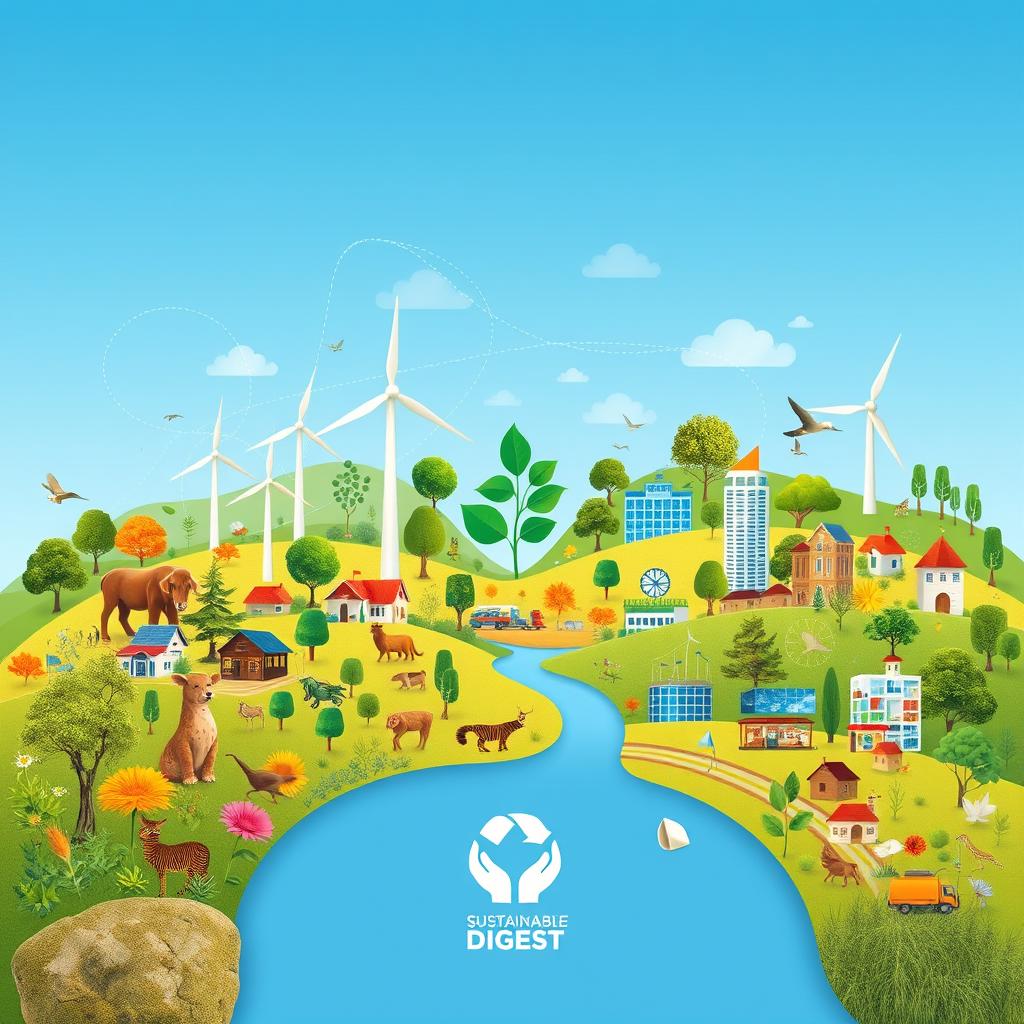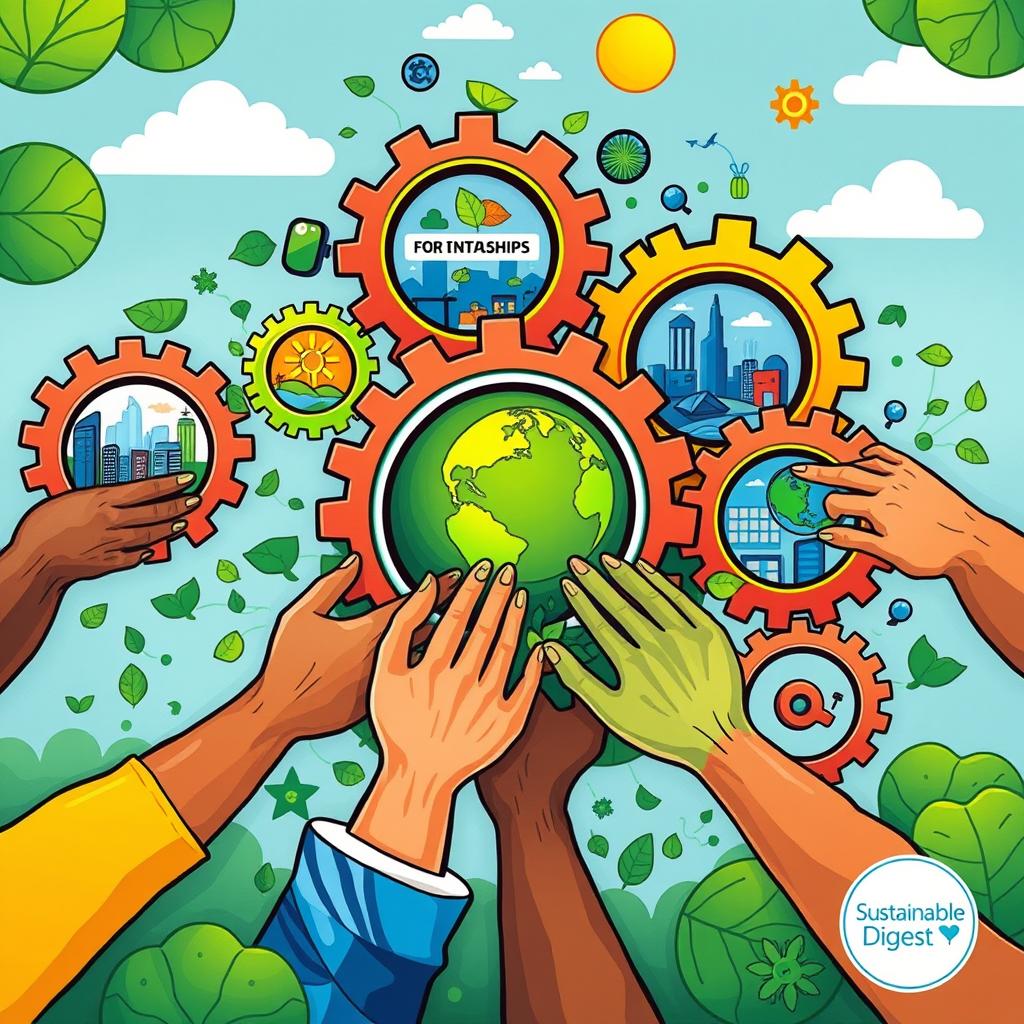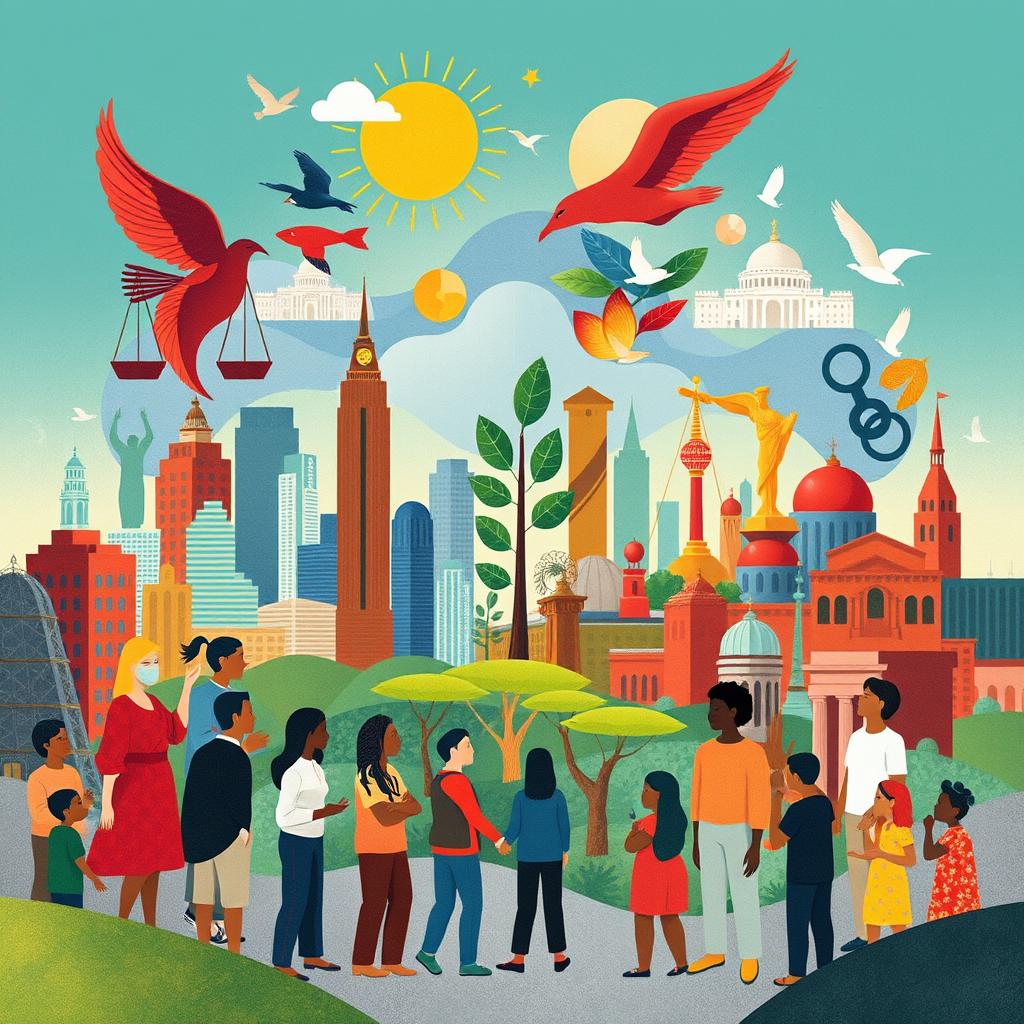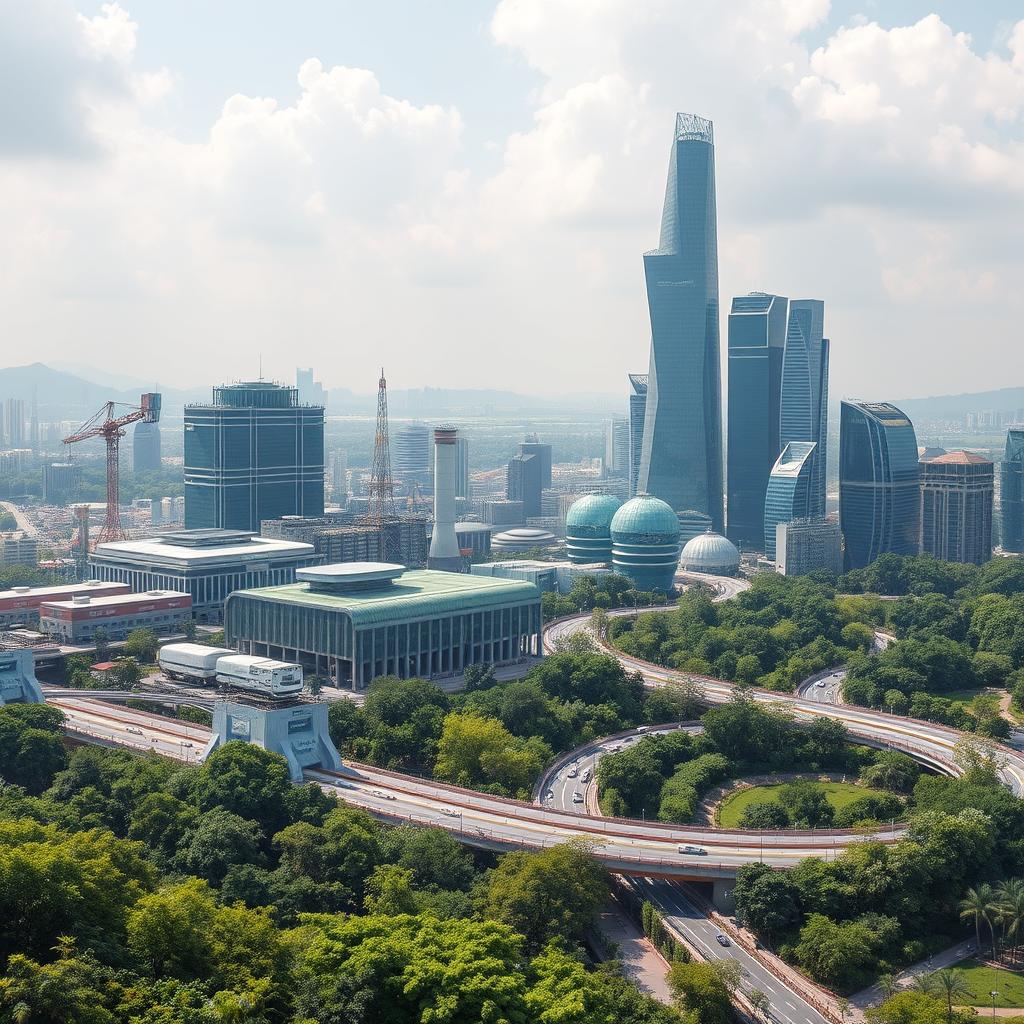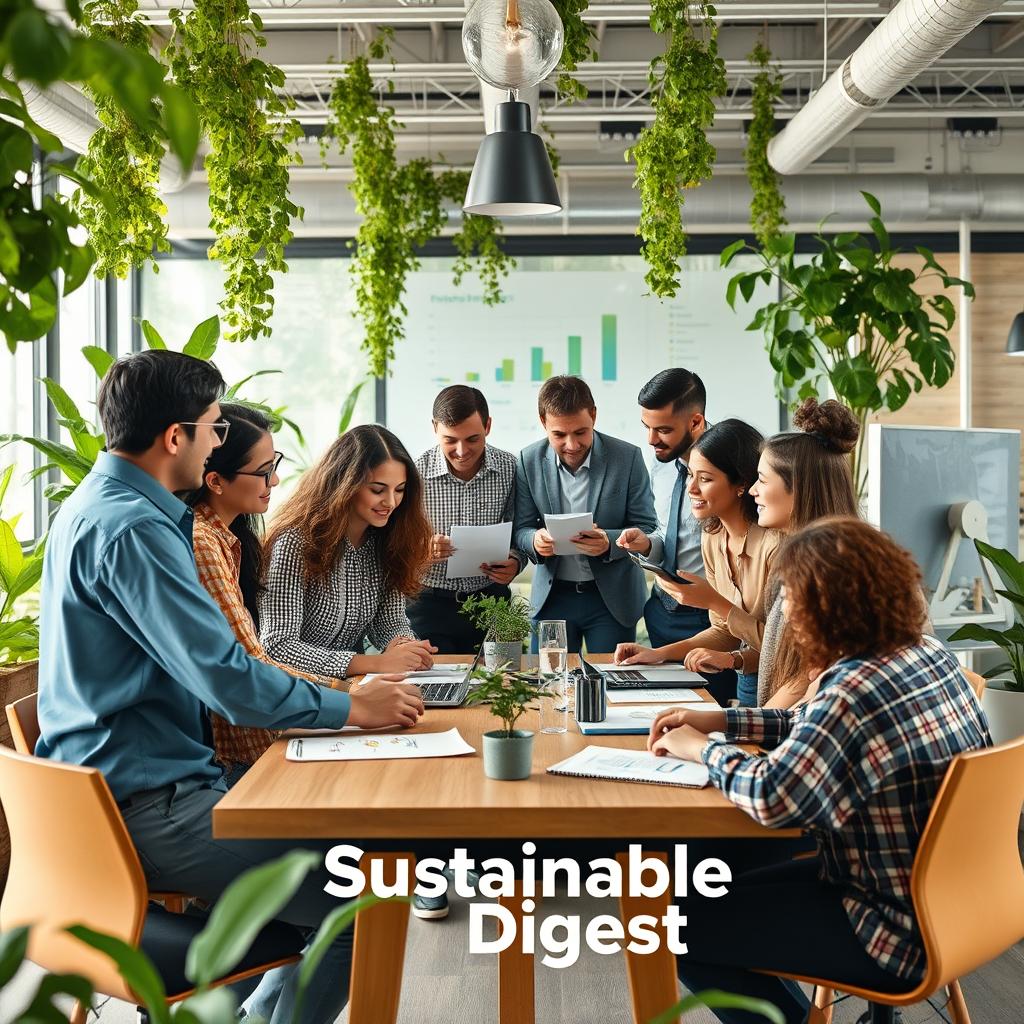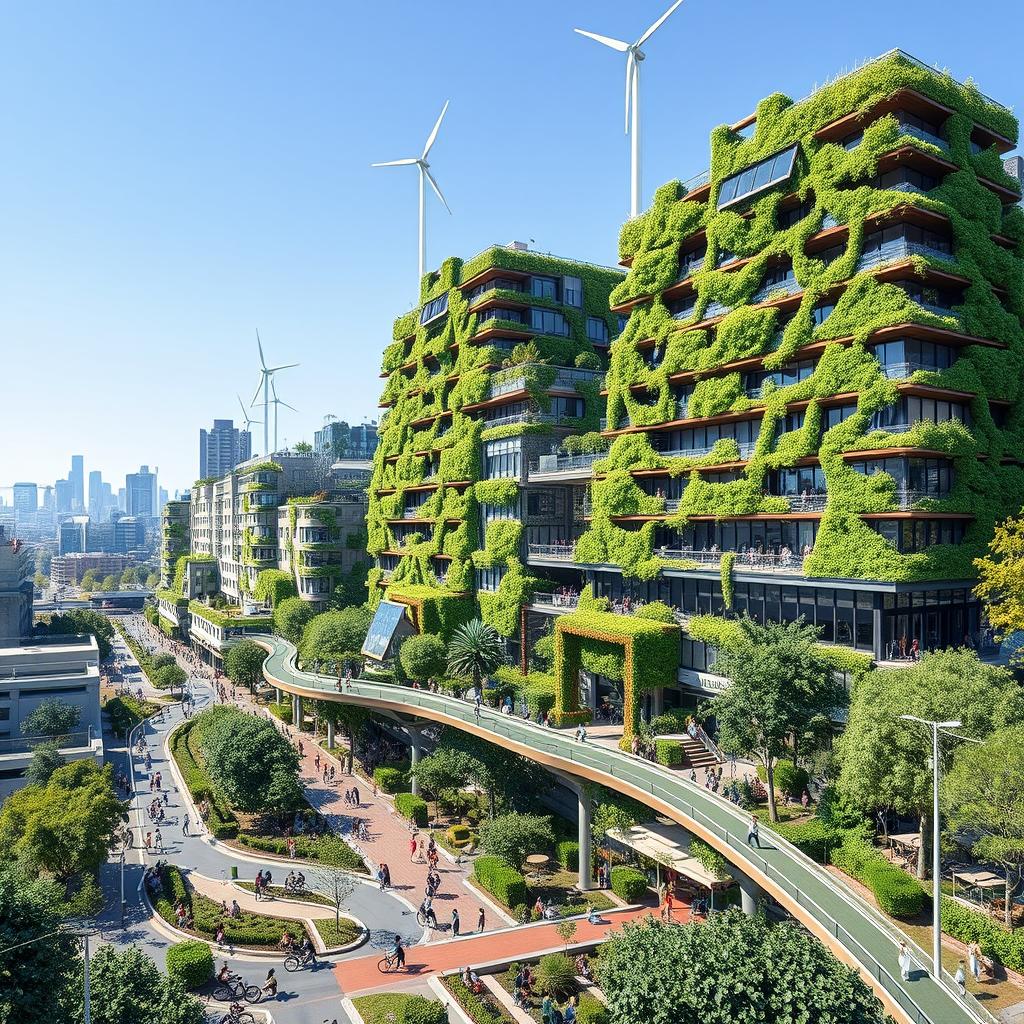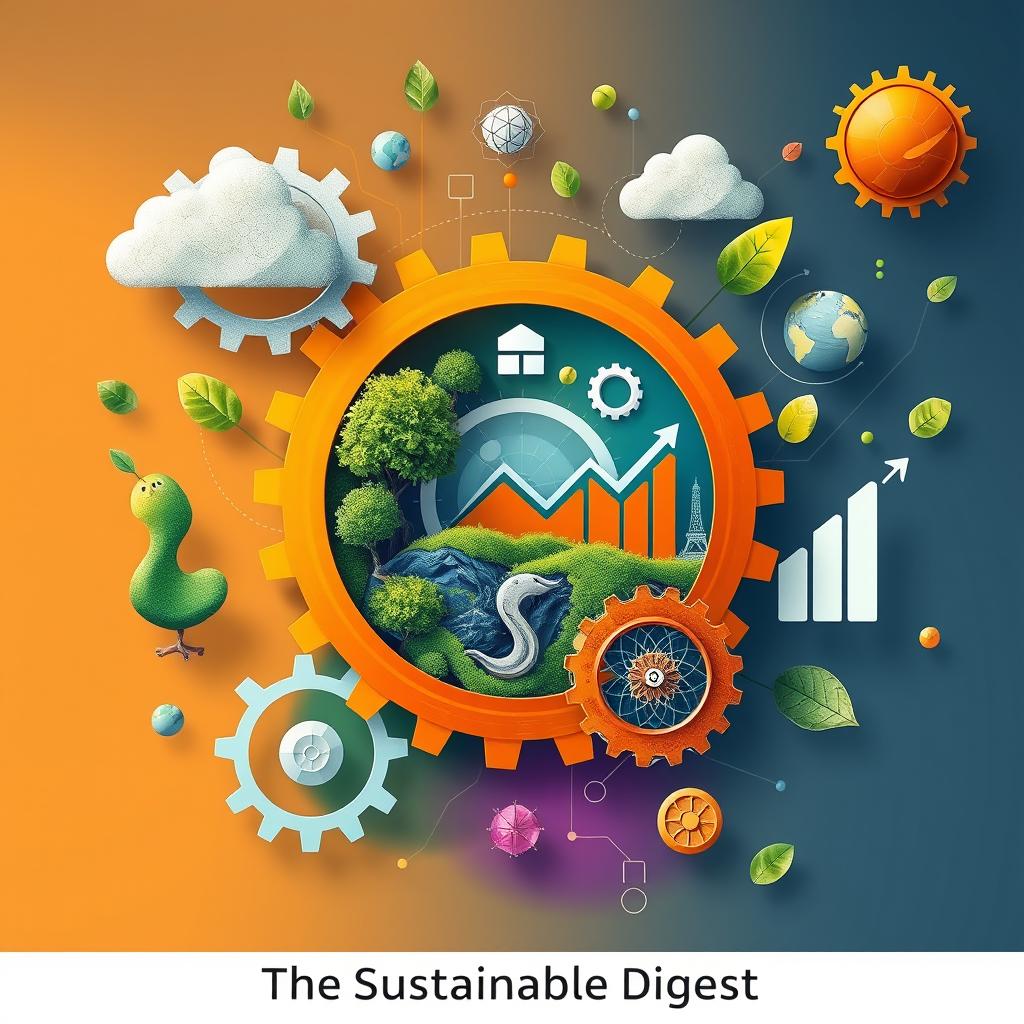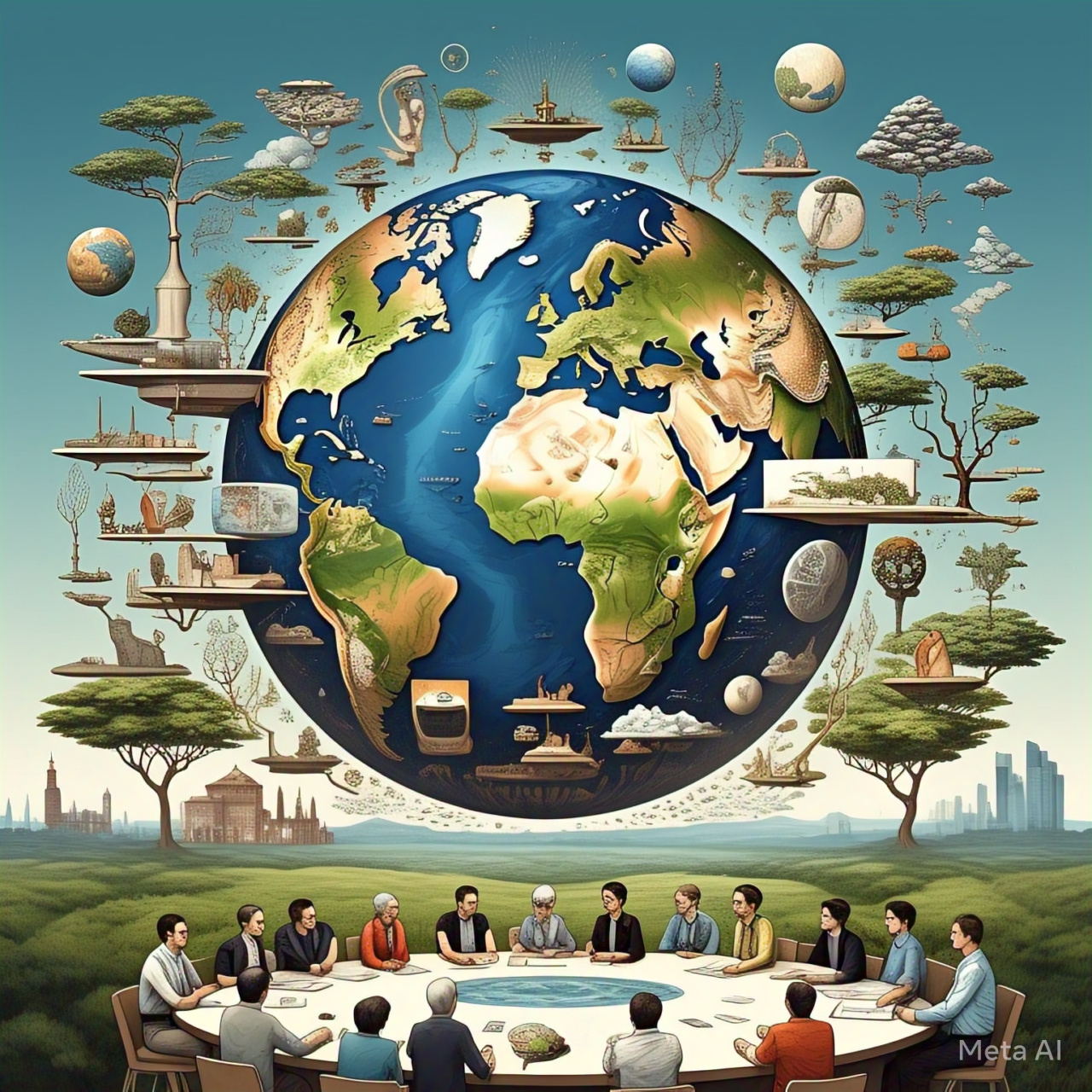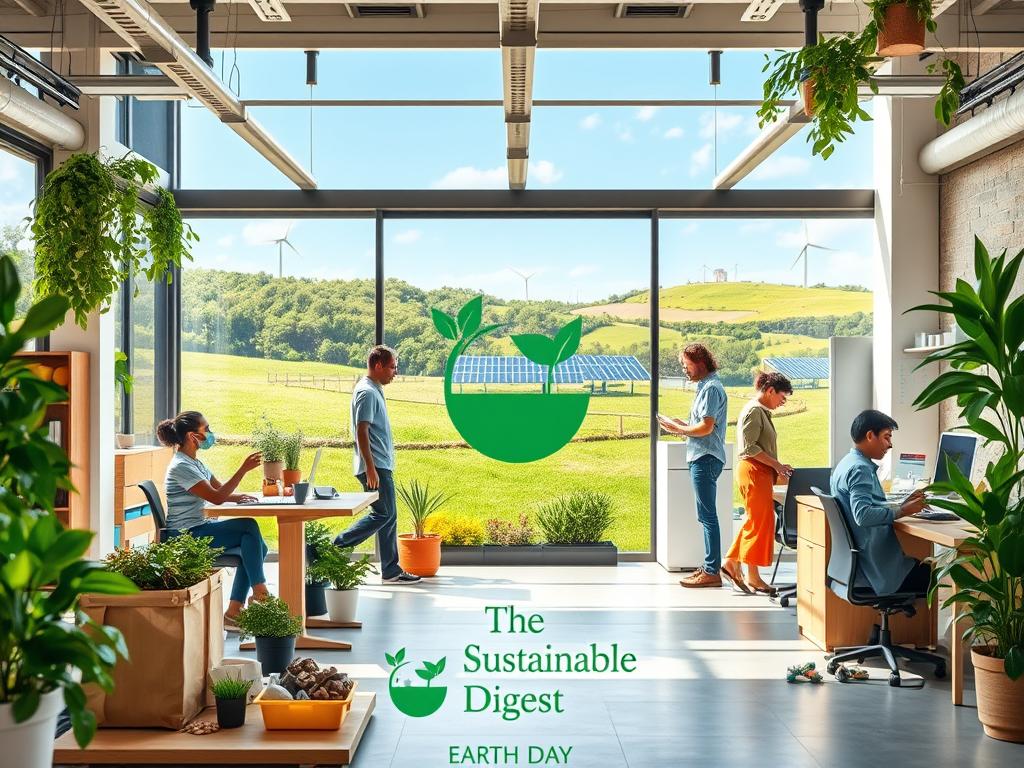
As Earth Day marks its 55th anniversary in 2024, organizations worldwide continue to prioritize eco-friendly initiatives. UC San Diego Extended Studies plays a key role in advancing environmental education, aligning with the 2025 theme: “Our Power, Our Planet.” This focus underscores the shift toward renewable energy and responsible corporate actions.
Many companies now integrate green strategies to meet growing consumer expectations. UC San Diego’s programs provide professionals with tools to drive meaningful change. From reducing carbon footprints to adopting clean energy, the push for a sustainable future gains momentum.
This article explores Earth Day’s historical impact, corporate responsibility, and actionable steps for organizations. Discover how businesses contribute to a healthier planet while staying competitive.
The History and Significance of Earth Day
Senator Gaylord Nelson’s vision ignited a global movement for environmental protection in 1970. His call to action mobilized 20 million Americans—10% of the U.S. population—to demand cleaner air, water, and land. This unprecedented rally laid the groundwork for the environmental movement we know today.
From Grassroots to Global Impact
The first Earth Day led to landmark policies, including the Clean Air Act and OSHA. By 1990, the event went global, uniting 200 million people across 141 countries. Climate change became a central focus as disasters like Hurricane Idalia and Hawaii wildfires intensified.
| Year | Milestone |
|---|---|
| 1970 | First Earth Day; EPA established |
| 1990 | Event expands to 141 nations |
| 2020 | Virtual events amid pandemic |
| 2025 | “Our Power, Our Planet” theme launch |

Our Power, Our Planet
The 2025 theme underscores renewable energy as a solution to climate threats. Solar and wind infrastructure investments reflect the environmental movement‘s shift from protest to innovation. Companies now align with these goals to meet consumer and regulatory demands.
Why Sustainable Business Practices Matter
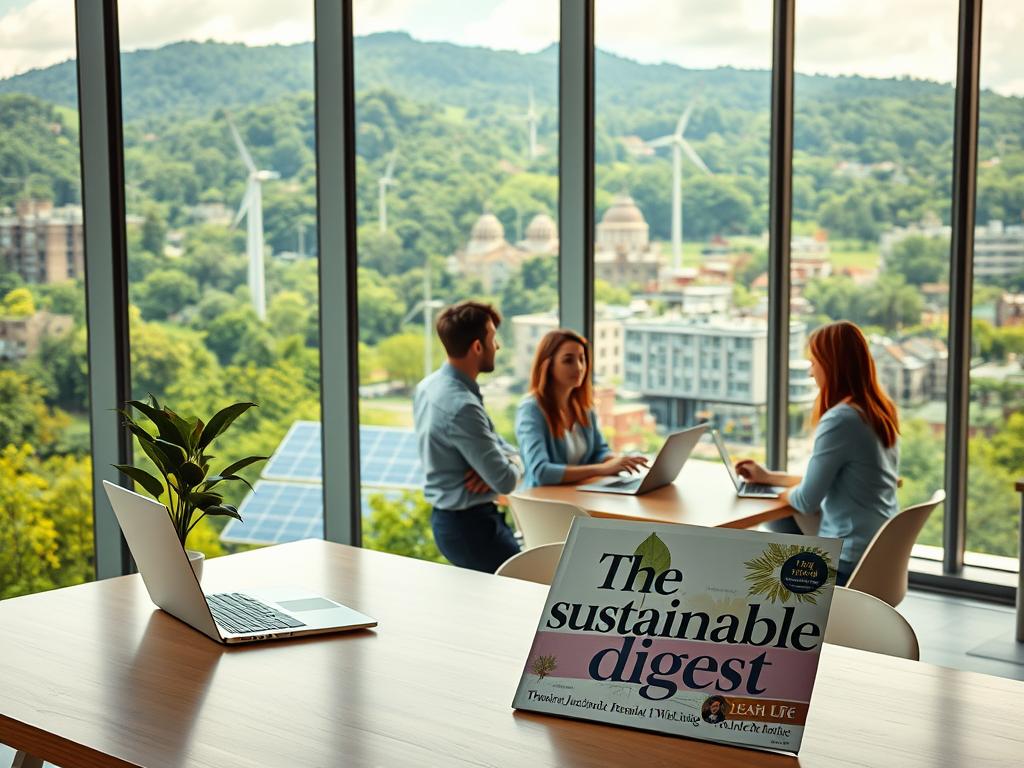
Corporate leaders now recognize that eco-conscious operations directly affect their bottom line. From energy use to supply chains, daily choices influence both environmental impact and long-term profitability.
The Environmental Impact of Business Operations
U.S. restaurants waste $162 billion in food annually, while manufacturing consumes 25% of global energy. These inefficiencies strain resources and escalate costs. McKinsey found ESG-focused products grow 8% faster than competitors.
Consumer Demand for Sustainability
78% of Americans prioritize green lifestyles. Gen Z leads this shift—80% pay premiums for ethical brands. Companies ignoring consumer demand risk losing market share.
| Stakeholder | Priority | Action Gap |
|---|---|---|
| Executives | 90% support green goals | 60% lack implementation plans |
| Consumers | 78% prefer eco-brands | 35% trust corporate claims |
Regulatory and Economic Benefits
Federal tax credits cover 30% of solar installation costs. Waste reduction programs save airlines $1.4 million annually per plane. Proactive climate strategies turn compliance into competitive edges.
Key Sustainable Business Practices Highlighted During Earth Day Events
Companies are shifting toward eco-friendly strategies as global demand for green solutions rises. From solar-powered offices to zero-waste policies, these efforts reflect a broader commitment to planetary health. Below are three critical areas where progress shines.
Renewable Energy Adoption
Clover’s net-zero energy headquarters demonstrates how firms harness renewable energy. Solar panels and wind turbines cut operational costs by 40% in some cases. A 2023 study found that centralized solar farms outperform distributed models in scalability.
“Businesses using solar power report 30% faster ROI than traditional energy users.”
| Energy Model | Advantages | Challenges |
|---|---|---|
| Centralized Solar | High output | Land-intensive |
| Distributed Wind | Local resilience | Intermittent supply |
Waste Reduction and Recycling
Republic Services’ annual reports reveal a 70% consumer preference for sustainable packaging. Restaurants using USDA tactics slash food waste by 50%. Key strategies include:
- Composting organic waste
- Swapping plastics for biodegradable materials
- Donating excess inventory
Sustainable Supply Chain Management
Platforms like Local Harvest connect farms directly to retailers, reducing transport emissions. Circular economy principles—reusing materials rather than discarding them—cut costs by 25% for early adopters.
These sustainable practices prove that environmental responsibility and profitability go hand in hand.
Renewable Energy: A Cornerstone of Sustainability

The shift to solar and wind power is no longer optional for forward-thinking organizations. With U.S. electricity rates rising 27% in a decade, companies like Hampton Inn Bakersfield prove clean energy cuts costs by 35–45%.
Solar and Wind Power Solutions
Utility-scale solar farms now outperform rooftop installations in scalability. Wind projects in the Midwest harness consistent gusts, while battery storage tackles intermittency. Climeworks’ direct air capture technology complements these efforts by offsetting residual emissions.
Tax Incentives and Financial Benefits
The Inflation Reduction Act boosts adoption with two key tax incentives: the Production Tax Credit (PTC) for wind and the Investment Tax Credit (ITC) for solar. Commercial solar installations typically break even in 5–7 years, faster than traditional energy ROI.
Case Studies of Successful Implementations
Clover’s net-zero headquarters runs entirely on renewables, saving $2 million annually. Similarly, a Texas data center slashed bills by 40% with wind contracts. These examples highlight how strategic investments yield long-term gains.
Reducing Carbon Footprints in Business Operations
From factories to offices, reducing carbon footprints is now a strategic imperative. Companies leverage technology, infrastructure upgrades, and team collaboration to minimize emissions. Below are three proven approaches making a measurable difference.
Carbon Capture and Storage Technologies
Innovations like CCUS (Carbon Capture, Utilization, and Storage) are transforming industries. Beverage companies reuse CO2 for carbonation, while firms like Carbon Craft Design repurpose black carbon into building materials. A startling fact: N2O emissions are 264x more potent than CO2.
“CCUS systems can cut industrial emissions by 50% when paired with renewable energy.”
Energy-Efficient Infrastructure
Smart sensors and IoT devices optimize energy use in real time. A Midwest manufacturing plant slashed its energy consumption by 22% after installing motion-activated lighting. EV fleets face challenges like charging logistics but reduce Scope 1 emissions by 80% over time.
Employee Engagement in Carbon Reduction
Gamification works: Salesforce’s bike-to-work program boosted participation by 40% with reward tiers. Teams tracking their carbon footprints via apps (like JouleBug) often achieve 15% faster reductions. Simple swaps—video calls over flights, reusable utensils—add up.
- Scope 1-3 Emissions: Direct (vehicles), indirect (electricity), and value-chain (suppliers).
- Offset Standards: Gold Standard and Verra ensure credible carbon credits.
- Top Perk: 60% of staff prefer eco-conscious employers over higher pay.
Sustainable Packaging and Product Design

The U.S. generates more plastic waste per capita than any nation, sparking packaging revolutions. Brands now prioritize eco-friendly materials and minimalist designs to meet consumer preferences and regulatory demands. From mushroom-based alternatives to luxury sector innovations, solutions are scaling rapidly.
Eco-Friendly Materials
Traditional plastic takes 450+ years to decompose, while alternatives like PLA (cornstarch-based) break down in 3–6 months. Mycelium packaging, used by Dell and IKEA, fully degrades in 30 days. The FDA strictly regulates food-contact materials, ensuring safety for compostable options.
| Material | Decomposition Time | Cost Premium |
|---|---|---|
| PET Plastic | 450+ years | 0% |
| PLA Bioplastic | 3–6 months | 20% |
| Mycelium | 30 days | 35% |
Innovative Packaging Solutions
Lush’s naked shampoo bars eliminate bottles entirely, saving 450,000 lbs of waste annually. Gucci’s compostable dust bags showcase how luxury brands align with consumer preferences for premium sustainability. Key principles driving change:
- Lightweighting: Reducing material use without compromising durability.
- Circular design: Packaging doubles as planters or storage containers.
- Digital printing: Cuts ink waste by 60% vs. traditional methods.
Consumer Preferences and Market Trends
73% of shoppers pay up to 10% more for brands with green packaging. Patagonia’s 1% sales donation model strengthens trust, proving ethics drive purchases. The challenge? Balancing cost—biodegradable options average 25% pricier—with demand.
“Brands that reduce packaging waste see 12% higher repeat purchase rates.”
Water Conservation Strategies for Businesses

U.S. businesses waste billions of gallons annually, but smart strategies can reverse this trend. With 120 billion pounds of food waste contaminating water supplies, industries must act. From farms to breweries, efficient water use cuts costs and preserves resources.
Efficient Water Use in Operations
Drip irrigation systems save 30–50% more water than traditional methods. ROI calculations show payback within 2 years for agricultural firms. Corporate campuses adopt xeriscaping—landscaping with drought-resistant plants—reducing outdoor water use by 60%.
Reducing Water Waste in Food Industries
Breweries like New Belgium recapture 90% of process water through closed-loop systems. Food processors combat nanoparticle contamination by upgrading filtration. Key tactics include:
- Donating surplus produce to cut disposal costs
- Installing low-flow pre-rinse spray valves
- Auditing water footprints annually
Technologies for Water Recycling
Advanced technologies like greywater systems reuse water from sinks for irrigation. Rainwater harvesting faces legal hurdles in 12 states but slashes municipal water bills by 40%. A Texas data center saved 1.2 million gallons yearly with on-site treatment.
“Every dollar invested in water efficiency yields $4 in operational savings.”
| Strategy | Savings | Implementation Time |
|---|---|---|
| Drip Irrigation | 50% less water | 3–6 months |
| Greywater Systems | 30% reuse rate | 1 year |
Food Waste Management and Sustainability
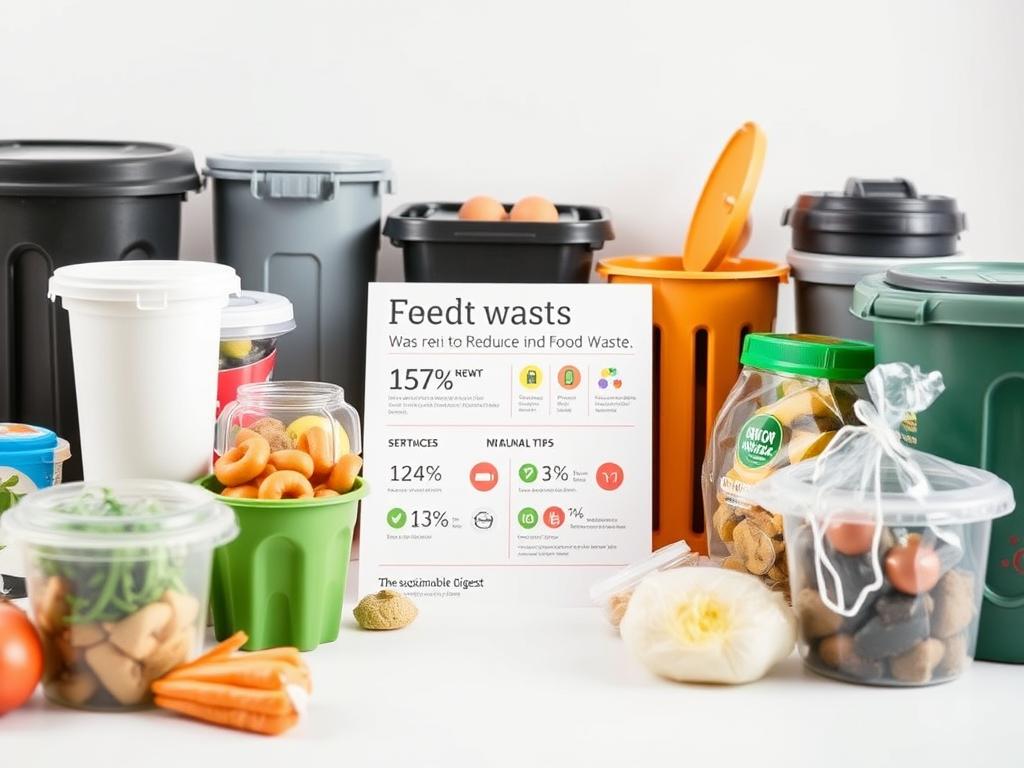
Food waste isn’t just an environmental crisis; it’s a $218 billion economic drain for American companies. Restaurants, grocery stores, and farms discard 40% of edible food annually—enough to feed every hungry person in the U.S. twice over. Innovative strategies are turning this challenge into opportunity.
The Scale of Food Waste in the U.S.
The food waste scale is staggering: 120 billion pounds yearly, with commercial sectors contributing 39%. Hotels and restaurants lose $25 billion to spoiled inventory, while supermarkets trash 43 billion pounds of imperfect produce. Key drivers include:
- FIFO vs. LIFO: Misapplied inventory methods spike spoilage rates by 15%.
- Overproduction: Buffets and bakeries discard 55% of unsold items daily.
Strategies for Restaurants and Retailers
Dynamic menu engineering cuts waste by 28%, like Panera’s “You Pick Two” combos. Tech tools like LeanPath track trash patterns, while Too Good To Go resells surplus meals at 70% discounts. Case studies show:
“RTS commercial composting solutions divert 80% of waste from landfills, saving clients $50K annually.”
Composting and Donation Programs
Donation programs thrive under the Bill Emerson Act, which shields donors from liability. Anaerobic digestion outperforms traditional composting, converting waste to energy 3x faster. Partnerships like Food Rescue US streamline logistics, while apps like Olio connect donors to local food banks.
| Solution | Impact | Adoption Rate |
|---|---|---|
| Composting | 30% waste reduction | 42% of grocers |
| Food rescue | Meals for 10M/year | 28% of restaurants |
Paperless Operations and Digital Transformation

Modern offices are ditching filing cabinets for cloud-based systems with measurable results. Clover POS reports that digital receipts reduce paper use by 90%, while ECM platforms cut document storage costs dramatically. This shift isn’t just about saving trees—it’s a strategic upgrade.
Benefits of Going Paperless
Eliminating paper reduces errors and speeds up workflows. A single misplaced invoice can delay payments by weeks. Digital systems offer:
- Instant searchability (saving 4+ hours weekly)
- Version control to prevent duplicate files
- GDPR compliance via automated retention policies
Tools for Digital Documentation
Blockchain-based authentication ensures tamper-proof contracts. Top ECM solutions compared:
| Software | Key Feature | Pricing |
|---|---|---|
| DocuSign | eSignatures + audit trails | $25/user/month |
| M-Files | AI metadata tagging | $30/user/month |
| Box | Enterprise security | $20/user/month |
Cost Savings and Environmental Impact
Hybrid transitions yield quick cost savings. A mid-sized law firm saved $18,000 annually by scanning old case files. Energy use drops too—data centers storing digital files consume 73% less power than paper mills.
“Every ton of paper eliminated saves 7,000 gallons of water and 17 trees.”
Community Engagement and Corporate Responsibility
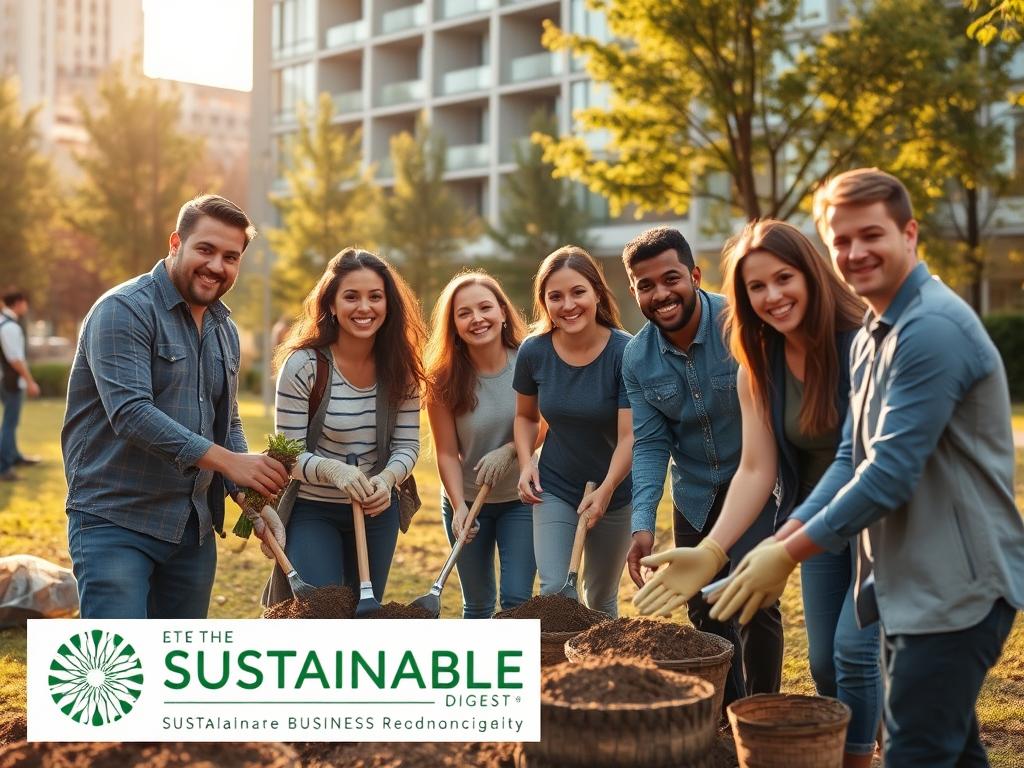
Forward-thinking companies are strengthening ties with local groups to drive meaningful change. These collaborations address environmental and social challenges while boosting brand credibility. Google’s 2030 carbon-free energy plan, for instance, partners with municipalities to scale renewables.
Partnering with Local Organizations
Unilever’s Partner with Purpose program connects employees with nonprofits needing specialized skills. Such alliances often yield triple wins: solving community issues, upskilling staff, and enhancing corporate reputation. B Corp certification requires similar commitments, auditing partnerships for measurable impact.
Employee Volunteer Programs
Skills-based volunteer programs outperform traditional models. A Deloitte study found 76% of professionals prefer roles leveraging their expertise. Examples include:
- Tech firms offering coding workshops at schools
- Accountants assisting small businesses with bookkeeping
Publicizing Sustainability Efforts
Transparency matters. ESG frameworks like GRI and SASB standardize reporting on community initiatives. Patagonia’s “1% for the Planet” campaign showcases how cause marketing builds loyalty. Board-level oversight ensures these efforts align with long-term goals.
“Companies publishing annual impact reports see 23% higher investor confidence.”
| Framework | Focus Area | Adoption Rate |
|---|---|---|
| GRI | Comprehensive metrics | 68% Fortune 500 |
| SASB | Financial materiality | 42% S&P 500 |
The Business Case for Sustainability

The LOHAS consumer segment now drives $290 billion in annual spending, forcing market adaptation. Gen X shows a 42% higher willingness to pay premiums for eco-friendly goods versus five years ago. This shift makes environmental responsibility a profit center, not just compliance.
Financial Benefits and ROI
Solar installations deliver 30% faster payback than traditional energy upgrades. Unilever’s Sustainable Living Brands grow 69% faster than other divisions. Key metrics prove the ROI:
- Energy-efficient buildings have 7% higher occupancy rates
- ESG-focused stocks outperform by 4.8% annually
- Waste reduction programs average 18-month payback periods
Brand Loyalty and Customer Trust
71% of consumers research company ethics before purchasing. Patagonia’s Worn Wear program increased repeat buyers by 23%. Trust builders include:
“Transparent sustainability reporting boosts purchase intent by 34% among millennials.”
| Green Financing Option | Interest Rate Benefit | Eligibility Criteria |
|---|---|---|
| Green Bonds | 0.5–1.5% lower | Third-party ESG certification |
| Sustainability-Linked Loans | Rate reductions | Annual KPIs improvement |
Competitive Advantage in the Market
B Corps attract talent at 2x the industry average. Tesla’s carbon credits generated $1.78 billion in 2022 alone. Differentiation strategies:
- Supply chain audits prevent climate disruption risks
- Eco-labeling commands 12–15% price premiums
- ESG disclosures satisfy 83% of institutional investors

Conclusion: Committing to a Sustainable Future
The path toward a cleaner planet requires consistent action beyond annual events. UC San Diego’s 24/7 carbon-free energy goal exemplifies this commitment, proving that systemic change is achievable.
Organizations must adopt continuous improvement frameworks. Professional training, like UCSD’s courses, equips teams to drive progress. Auditing energy use and waste streams identifies quick wins.
Every step counts—whether switching to renewables or supporting initiatives like the Earth Day Network’s Billion Acts. Together, these actions build a sustainable future for generations to come.
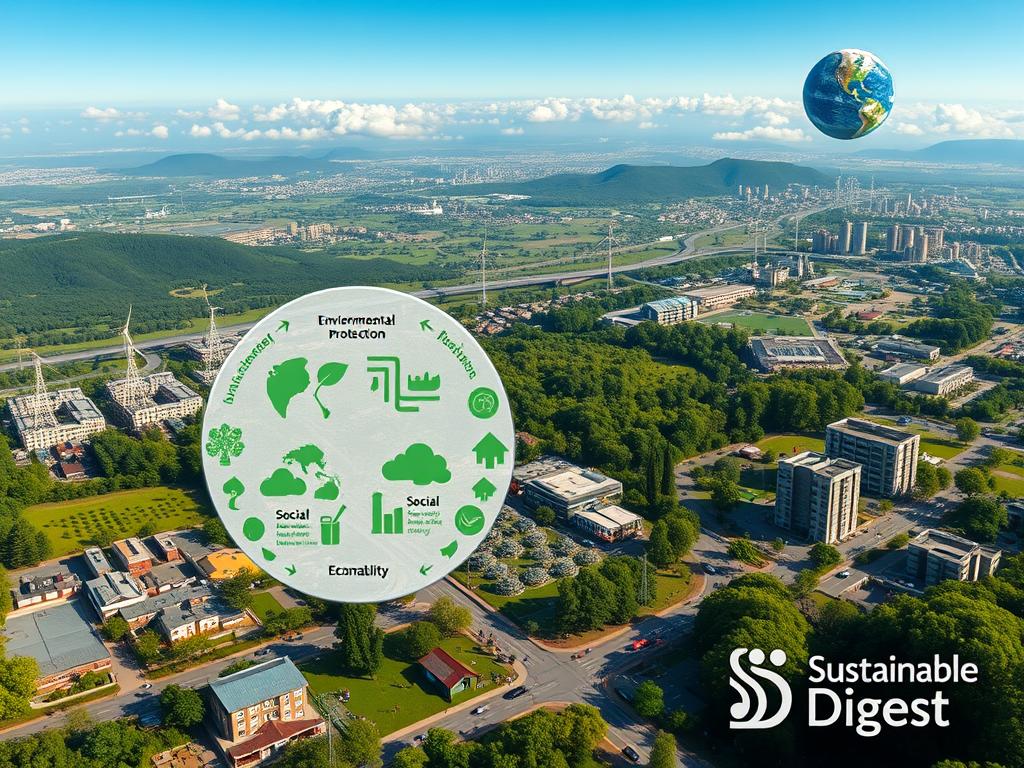
FAQ
What is the main focus of Earth Day events for businesses?
Earth Day events emphasize adopting eco-friendly strategies, such as renewable energy and waste reduction, to minimize environmental harm while improving efficiency.
How does renewable energy benefit companies financially?
Switching to solar or wind power can lower energy costs, qualify businesses for tax incentives, and enhance brand reputation among eco-conscious consumers.
Why is sustainable packaging gaining popularity?
Consumers increasingly prefer brands that use biodegradable or recyclable materials, driving demand for innovative, low-impact packaging solutions.
What role do employees play in reducing carbon footprints?
Workers contribute by embracing energy-saving habits, participating in recycling programs, and supporting company-wide green initiatives.
How can businesses reduce water waste effectively?
Installing low-flow fixtures, recycling wastewater, and optimizing industrial processes help conserve resources while cutting operational expenses.
What are the advantages of going paperless?
Digital transformation reduces deforestation, lowers storage costs, and streamlines workflows through cloud-based documentation tools.
How does community engagement strengthen sustainability efforts?
Partnering with local groups and organizing volunteer programs builds trust, fosters goodwill, and amplifies the impact of environmental actions.

Key Takeaways
- Earth Day 2024 celebrates 55 years of environmental advocacy.
- UC San Diego Extended Studies supports sustainability education.
- The 2025 theme emphasizes renewable energy transitions.
- Consumer demand drives corporate eco-friendly efforts.
- Practical strategies help businesses reduce environmental impact.



